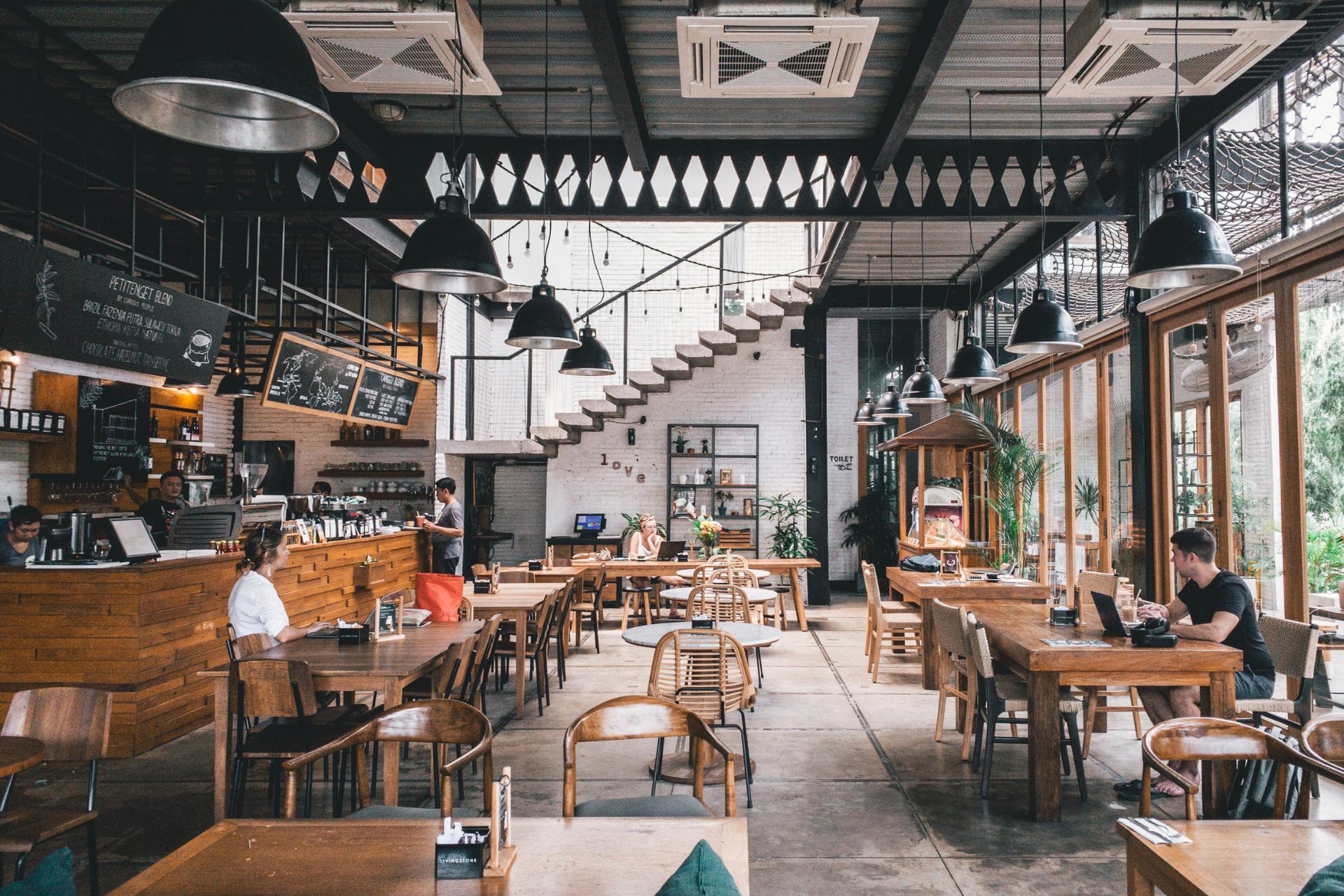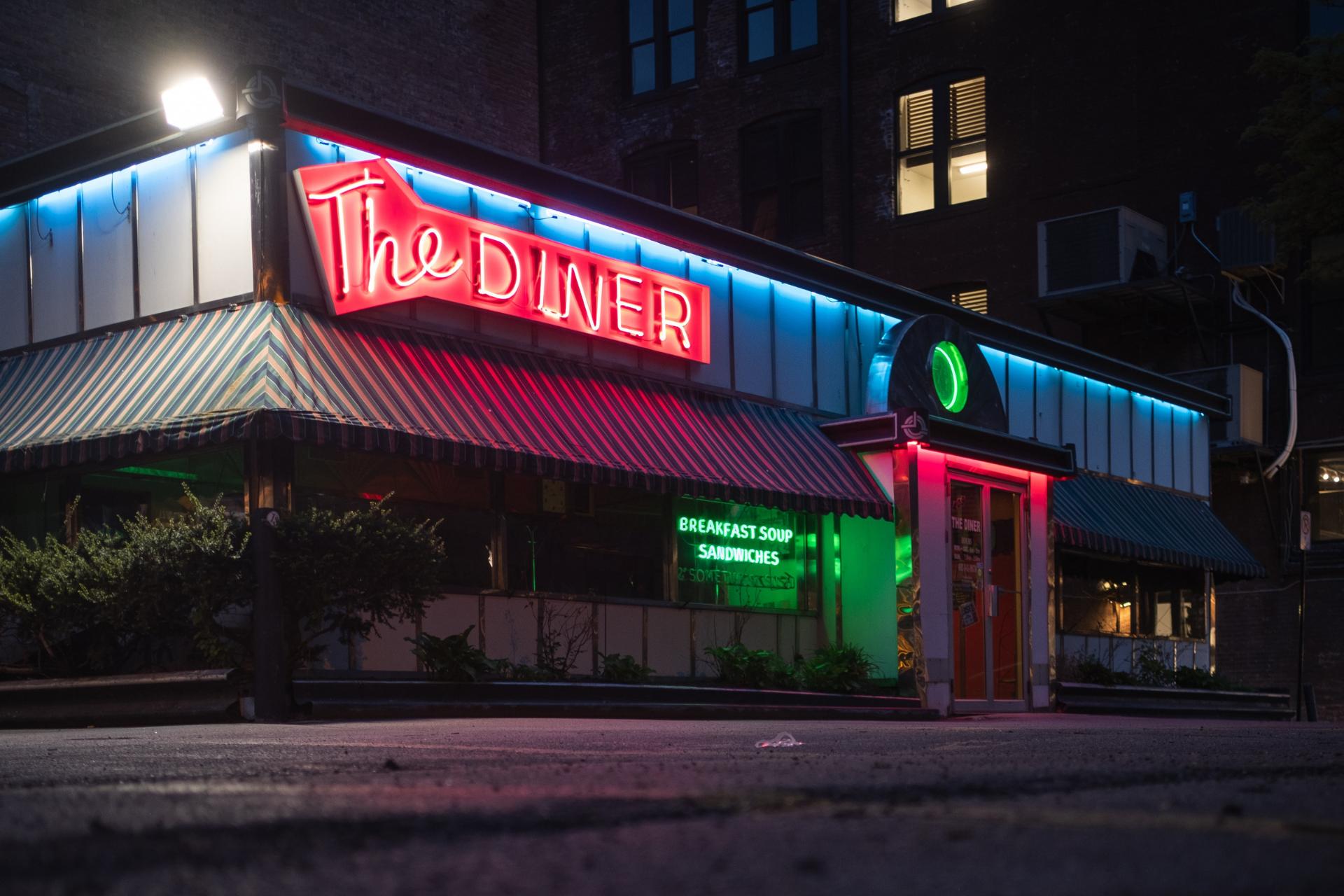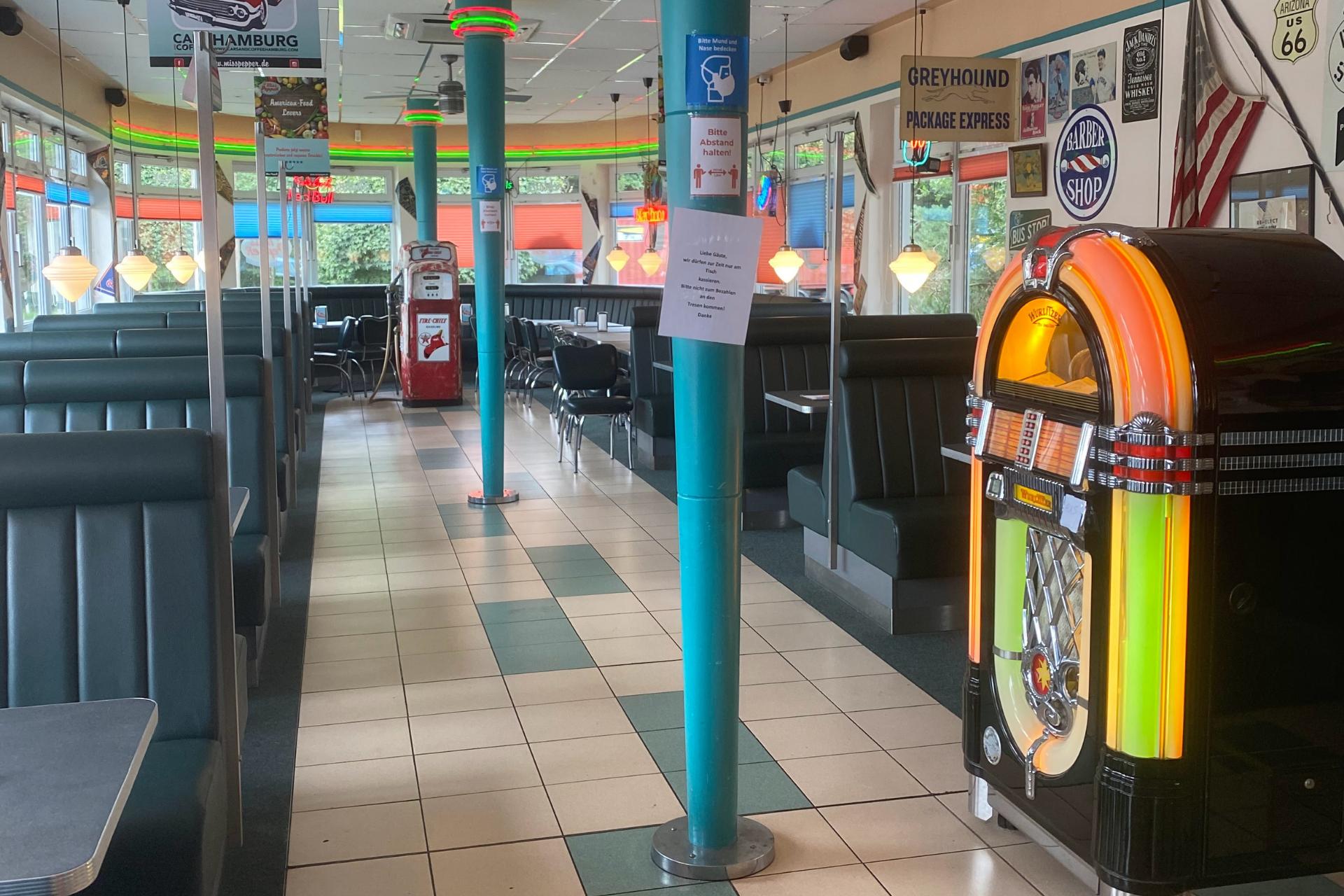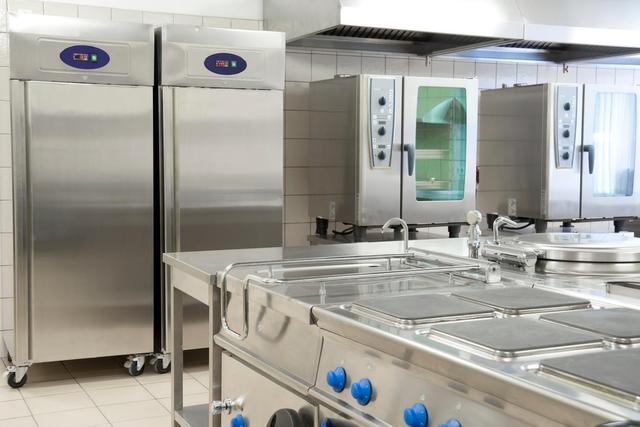When you want to open a restaurant, a bar, or a cafeteria, you must understand several things before starting. For example, you must know a little about marketing, a little about management, and more. But you should also know the definition of a restaurant, the concept of a restaurant, and the theme of a restaurant, and their differences — although these last two are very similar.
In this article, I will talk to you about:
- The definition, the concept, and the theme of a restaurant.
- The importance of the concept of a restaurant.
- How to choose the concept of your restaurant, if you will choose an existing one.
- And how to create the concept of a restaurant from scratch.
In addition, this article will help you to deeply understand these ideas, to understand how the concept of a restaurant satisfies the guests, and how you can optimize your own concept.
This is great if you intend to start your own restaurant soon or if you want to improve your current restaurant. Let's get started!
What is a restaurant?

First, I'll give you the definition of a restaurant. This is important, especially because of the similarity of the meaning between the word "definition" and "concept".
A restaurant is a service establishment whose objective is to prepare and sell food and drinks to satisfy customers. Also, a restaurant is responsible for offering other amenities to customers, such as table service, home delivery service, optimal payment methods, and more.
Of course, that is a rather narrow definition, as it leaves out other aspects of the restaurant that I can easily delve into when defining the concept of a restaurant.
What is the concept of a restaurant?

Very briefly, the concept of a restaurant is all that it is, all the experience that it offers.
This is not only limited to culinary style and service style. Rather, it is about the numerous details that are defined based on those elements. For example:
- The culinary style (for example, fusion cuisine, Asian cuisine, etc.) defines the equipment you will need, the ingredients used, the flavor of the food, the plating, the cutlery, the pairing, and even the napkins.
- The style of service defines the training of your servers, the type of customers the restaurant is aimed at, the treatment they receive, and even if your restaurant receives tips or not.
- The decoration and physical layout of your restaurant define the lighting, colors, atmosphere, the number of customers you can serve, the dress code, and more.
- And more key elements of your restaurant, such as the point of sale, the organization of your kitchen, the number of employees, etc.
That is why the concept of your restaurant is the compendium of actions, decisions, techniques used in your restaurant to satisfy your customers. Also, at a basic level, everything that affects your customers and the experience you offer is part of your concept regardless of whether it affects them on purpose or not.
That doesn't sound all that complex, but it gets tricky when you realize that it means that even restaurants that don't seem to have a concept actually do have one. It is more difficult to define what the concept of a restaurant is due to the variety of techniques and practices that can be called as such.
In addition, the concept also has weight in many aspects of your restaurant, such as marketing, the strategies that you apply, the reputation of the restaurant, the type of clients that you attract — that is why it is complex to know where to start to create the concept of your restaurant from scratch.
What is the theme of a restaurant?

The theme of a restaurant is similar to the concept. However, a theme works in reverse, since the theme is sometimes chosen before defining the concept in its entirety.
A theme can be anything.
A Caribbean beach-themed restaurant works to deliver a Caribbean dining experience — that's the theme.
The concept of that restaurant would be defined by different details of the kitchen, the style of service, and other convenient details to offer that experience. For example, drinks served in coconuts, imported silverware and cutlery, culinary styles and traditional cooking techniques, exotic ingredients, and more. Those might sound like clichés, but that's actually part of the joke of a themed restaurant.
The theme of a restaurant is closely related to its concept — it could be said that all restaurants have both.
Importance of a restaurant’s concept
The concept of your restaurant is vital because it is basically the limitation that you put on your restaurant in terms of profitability, target customers, and more details related to finances.
It is also important to define your concept along with your business plan. If you change your concept, you will need to start the planning process all over again and make changes to absolutely everything so it’s in line with the experience you want to deliver with your concept.
The areas you should plan to coordinate with your concept are:
- Naming the dishes to reflect the restaurant concept
- Choosing the nuances and décor of the dining room for your concept and target audience of guests.
- Source foods for your concept, such as choosing farm-direct suppliers, low-cost processed foods, organic ingredients, or high-end meats and produce.
- Use electronic signs, dining room art, and physical signs to keep your concept going.
- Training your staff to provide the right level of service, such as teaching waiters about fine dining wines.
- Give the restaurant a name to indicate your concept.
The most important thing is to design your menu to attract customers looking for the experience you offer. Other important management considerations for promoting your concept include:
- Satisfy customer expectations, such as implementing a dress code for fine dining establishments.
- Develop the menu as your central document so that you can refer to it when making other decisions.
- It offers a constant experience in each visit.
- Plan special events that harmonize with the concept.
Some restaurants offer separate dining experiences in different parts of the restaurant. For example, bars often present a different concept than the rest of the business. However, you should tie these differences together with a common conceptual thread, such as ingredients from similar or common origins, offering the same service quality, and more.
How to choose a restaurant concept?

Now you should know why choosing a restaurant concept is difficult, even for experienced restaurant owners.
Unfortunately, choosing a restaurant concept is not something you should do based on instinct, culinary knowledge, and skills. Even passion can be overrated in businesses..
Just think of the number of failed restaurants that have delicious, innovative, and great food, with skilled, passionate, and even famous chefs, and entrepreneurs who saw the opportunity to start a business.
There are too many to hide — I'm not trying to quench your passion or desire to undertake.
But why does that happen?
Because even if your concept is amazing, if you can't attract enough people who are willing to live the experience you offer, your restaurant will fail.
Those chefs and restaurant owners didn't fail because of a lack of experience or skills — it's because they didn't understand their diners, their needs, and the size of their target audience.
What is the solution?
In fact, there are three solutions that you must apply at the same time to choose the most suitable concept for your restaurant:
- Know your customers.
- Know the volume of customers in your area.
- And internalize and put their needs before yours with every aspect of your restaurant from the beginning.
That is why restaurants with low prices that offer a balance between quality and price don’t fail so often.
These types of restaurants know their customers better, they prioritize the main need to eat without spending so much money, and they know that more people have less money to eat out.
And on top of that, they treat those customers well because they know the value of customers.
Obviously, it's not a rule to create restaurants that only attract people who want fast, cheap food and decent service.
In fact, even sticking to those three solutions won't guarantee your success — your restaurant can always fail for many reasons, like lack of capital, management issues, and more.
But you should always focus on understanding those three aspects and choose your restaurant concept accordingly to maximize your chances of success.
There are exceptions, for example, if you have an idea for a concept that you think will revolutionize the industry and create history.If that's the case, I recommend you keep reading.
Note: Another interesting thing to know is that you can never pick a concept and copy it in its entirety. If you make a minor change to any aspect of your restaurant, you will technically have created a new concept.
How to create a restaurant concept from scratch?

What if you have a restaurant concept in mind that you think will be so revolutionary that it will mark your name in history? I won't be the one to tell you it's not possible — we sure need what you have in mind!
So, now I will give you a simple guide on how to create a successful restaurant concept using the ideas that I have mentioned above.
1. Study your motivation and goals

Although you should put your customers' needs first at all times, it's a good idea to review the motivation behind your business. After all, this will affect how well you apply all three solutions later on.
If you want to create a new concept, you may be an experienced and passionate cook or chef. But, it is also possible that you are an entrepreneur with a good business vision.
Regardless of that, you need to understand your own motivation for opening a restaurant, and of course, set your goals based on that. By the way, your goals may be different from the goals of your restaurant.
For example, if your motivation is the need for money, and your goal is to earn it rather quickly, you may not be able to open a restaurant with a particularly expensive concept.
On the other hand, if your motivation is your passion, and your goal is to satisfy a specific target audience with refined tastes who appreciate your skills, opening a regular fast food restaurant would not be ideal.
This step won't take you long — you probably have your motivation and goals in mind at all times.
But it is very important that you take it into account to know what type of concept is more in line with your personal motivation, and brings you closer to your goals.
2. Study and understand your clients

As we mentioned earlier in our restaurant marketing article, the first thing you need to do to create effective strategies is to know your customers. And, of course, the same applies when it comes to understanding your customers to create a concept.
Studying your customers is about internalizing their needs, what they really want, and understanding if your concept is likely to satisfy them. That is why it is important that you do a local market study.
This is vital for you to build your restaurant concept around the needs you discover from the local public.
Of course, you should also take into account the previous step. But, if your motivations and objectives are not aligned with the needs of the target audience of the place where you want to open your restaurant, you will not be able to connect with them.
In that case, instead of taking the risk and investing, it is more convenient to consider one of these decisions:
- Ignore your motivations and objectives and create a concept that is based solely on the needs of your clients.
- Or change the area, city, county, or even country to find a target audience that can really help you meet your motivations and goals.
Making this decision is not very easy for everyone, however, it is easier when you understand that making the wrong decision will determine the success of your restaurant.
Again, this is not the final nail in the coffin for your concept — you should simply view it as a business decision.
3. Study the size of your target audience

This third step is also crucial — you can't build a business if you don't know how many clients you have access to.
It is possible to think that you can understand the distribution of the different target audiences in your city. However, this information is not completely objective — you will only see what you have access to the most.
For this reason, it is highly recommended that together with the market study, you carry out a census of the people who are part of your target audience and that you also carry out a study of the geographical distribution.
This is very important because:
- You must know if the volume of your target audience in a city or area is enough to keep your restaurant profitable and competitive.
- And you should know where that target audience is most concentrated in the city where you plan to open your restaurant.
This is the reality behind the motto location, location, location, and its application in the restaurant industry.
It's not a good idea to place an ordinary family restaurant in an expensive area of the city.
It is also not a good idea to place an expensive restaurant in an area with fewer resources.
This is just common sense, but carrying out a census and a market study will help you prove it with evidence.
The truth is that you can open a restaurant anywhere in the world and be successful if you study these two aspects and create your concept accordingly.
4. The last step is for you to start creating your concept
Yes, that's right, you shouldn't even start planning your concept before completing the steps above — at least not if you want to maximize your chances of succeeding the first time.
Once you understand your motivations and objectives, the needs, the volume, and the distribution of your target audience, you can begin to define the following aspects:
- The type of service.
- The cuisine and the type of menu of your restaurant.
- The theme, if you have one.
- The location of your restaurant.
- And more.
As I mentioned before, these elements will, in turn, define other details, such as your branding strategy, marketing strategy, decoration, the equipment you will need, the employees you will need, the organizational chart of your restaurant, and more.
The concept of your restaurant is vital
There is no doubt that the concept of a restaurant is vital to its success. That's why you should start thinking about the concept even before you write your restaurant business plan.
As I mentioned above, getting the concept right is not something that is independent of your target audience. Instead, you should create the concept of your restaurant based on your target audience, its volume, and based on the location of the restaurant.
Is your concept in line with the needs of your target audience? Hope so!





